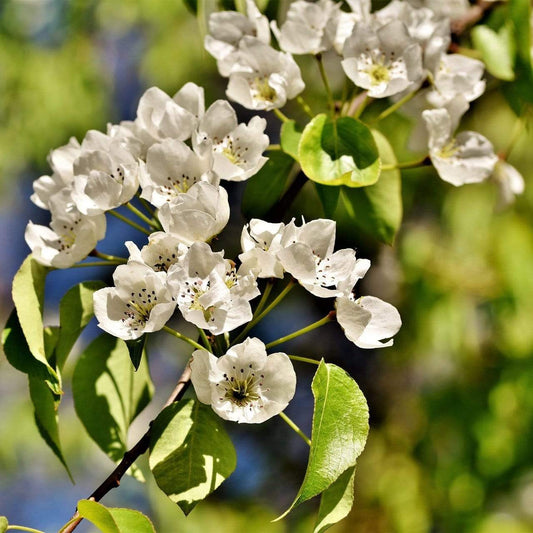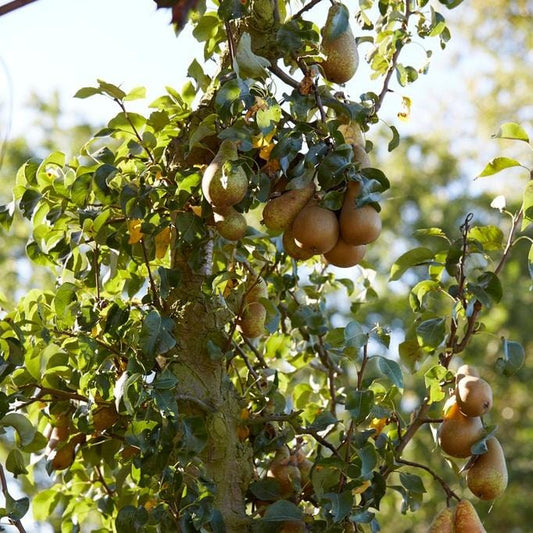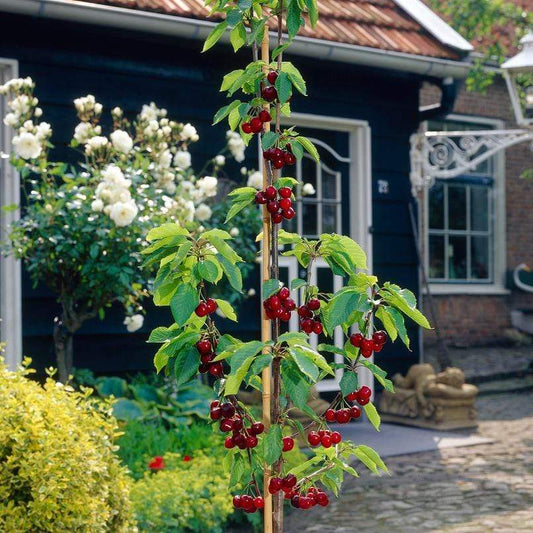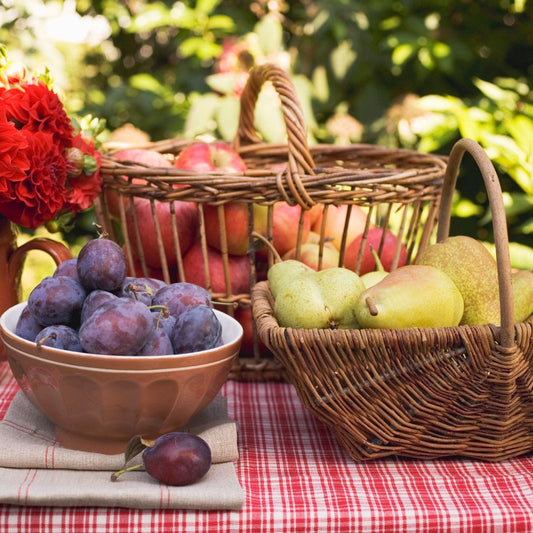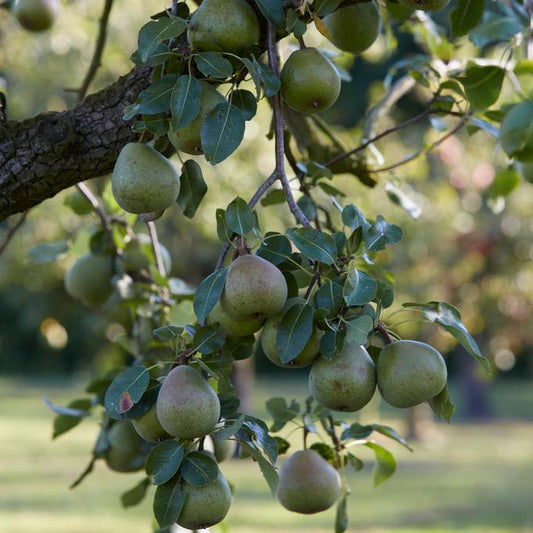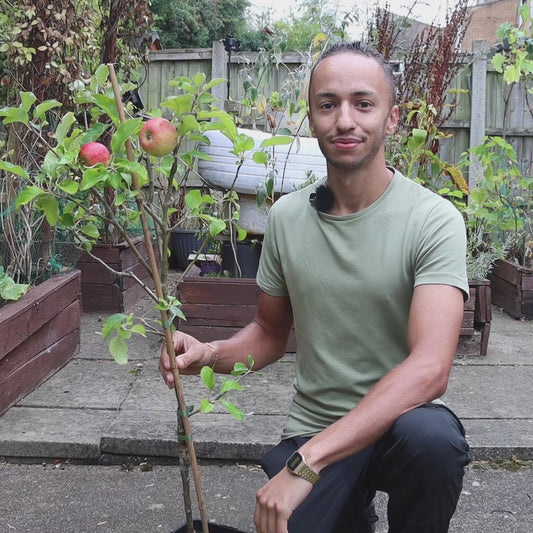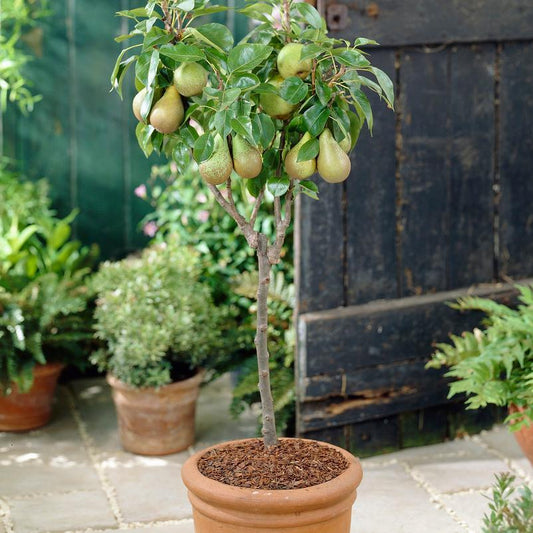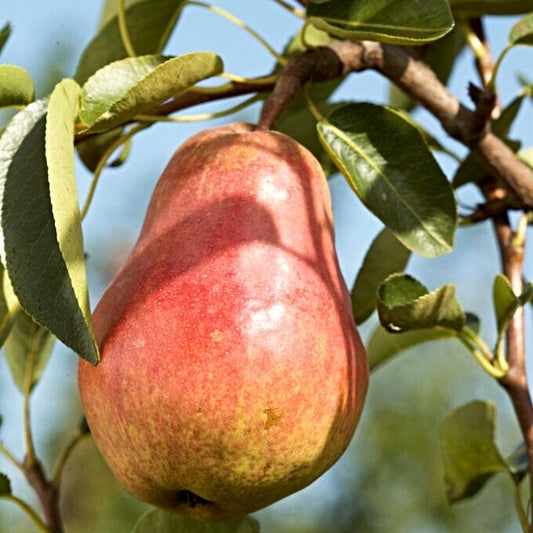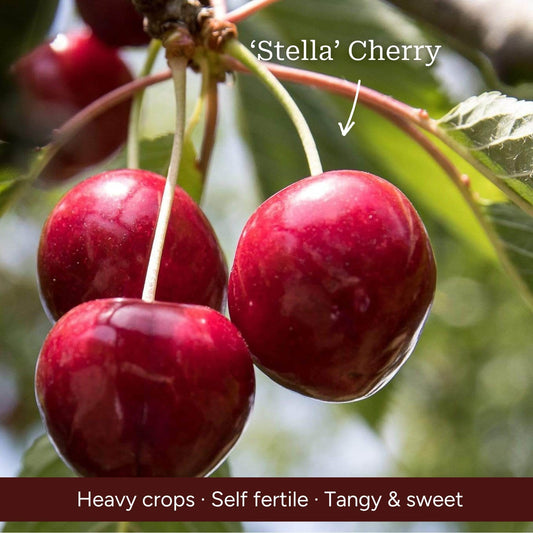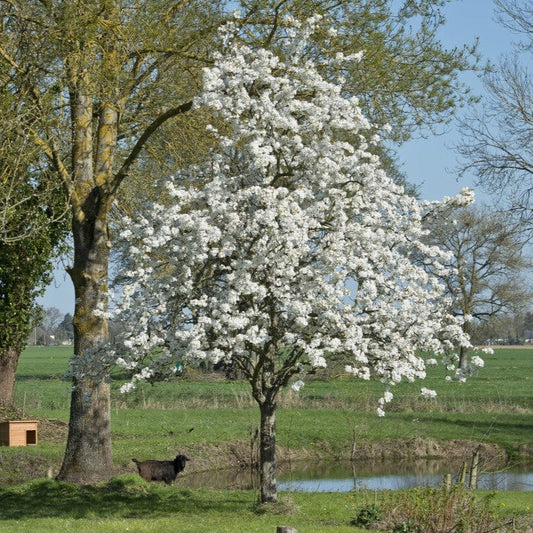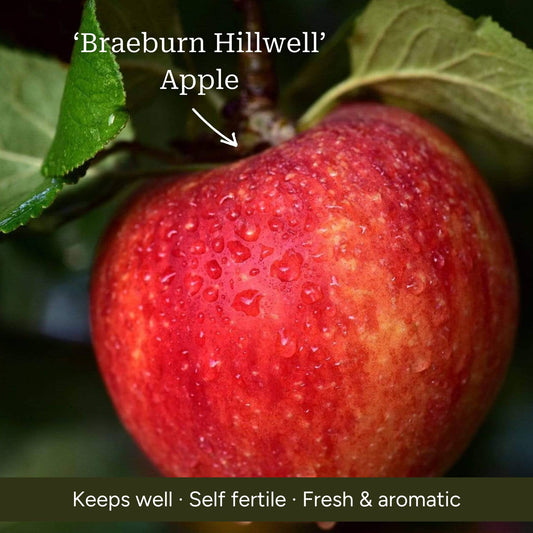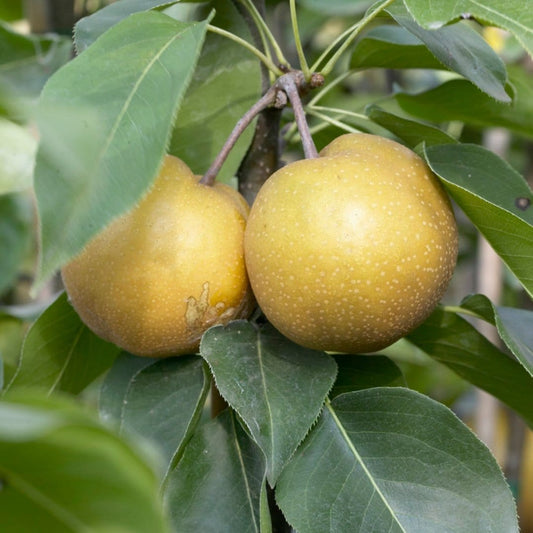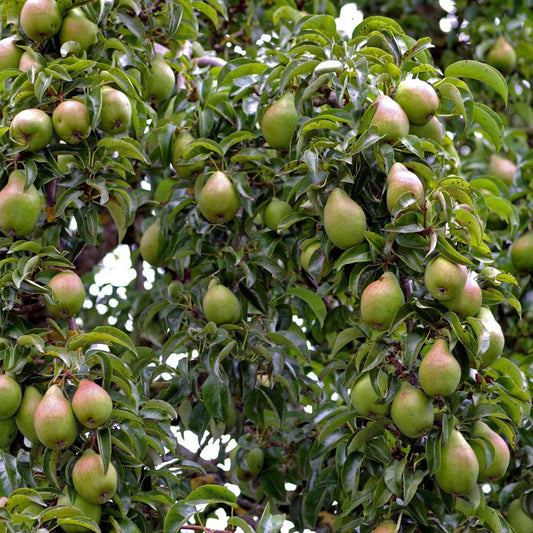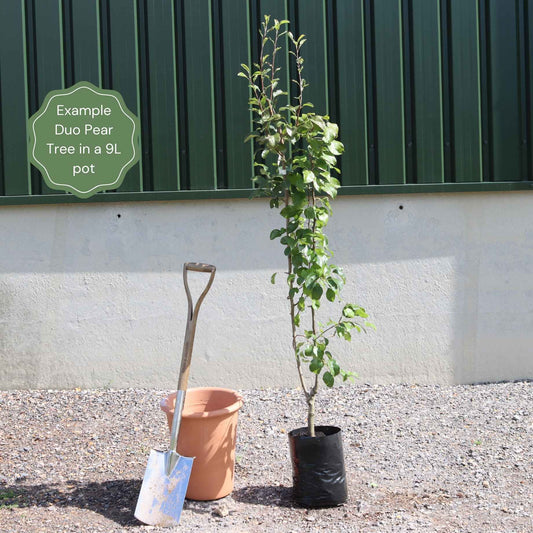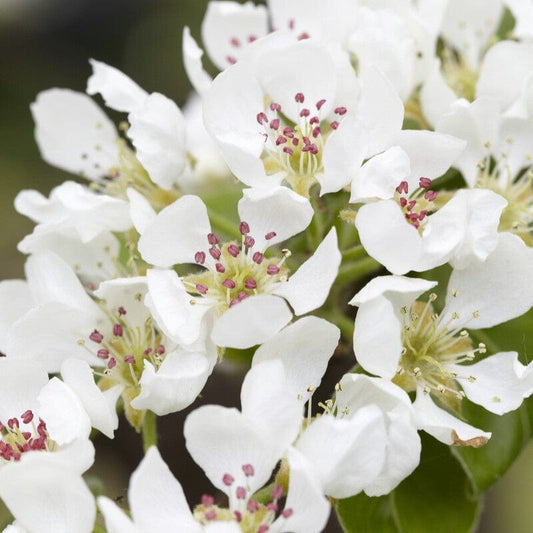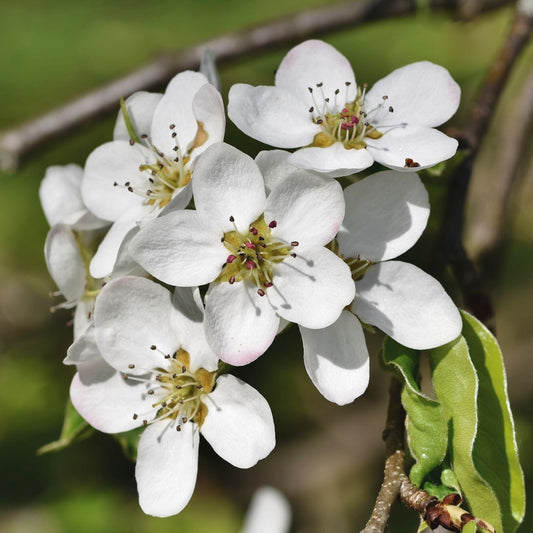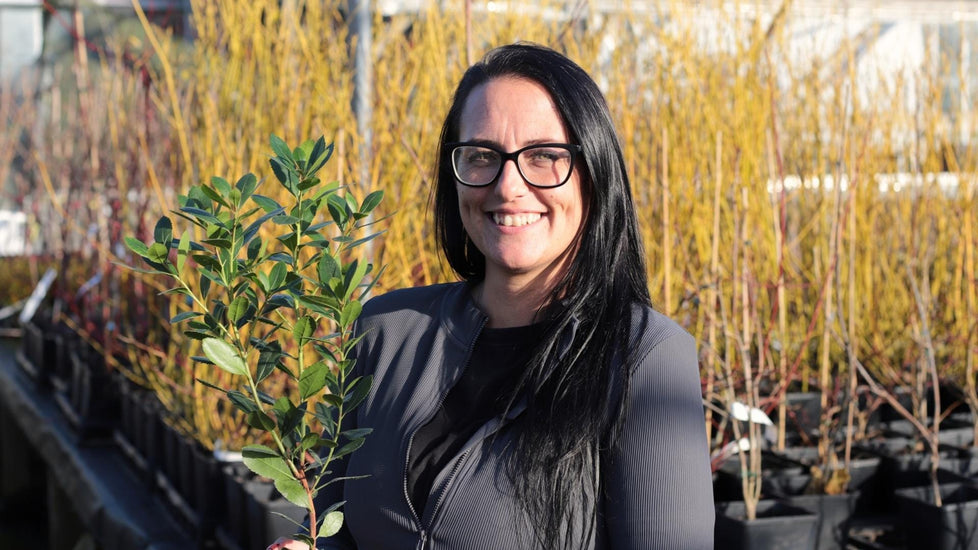Collection: Pear Trees
Pear trees bring autumn hues, spring blossom and delicious summer fruits to your garden, with far better flavour than you’ll find in the shops. Our premium pear trees are bred for hardiness, taste and performance on our nursery in the Vale of Evesham. They’re then professionally pruned by our experts, guaranteeing a long and productive life.
Need help picking?-
Regular price From £33Regular price
£38Sale price From £33'Conference' Pear Tree
The UK's favourite pear
- Soft, sweet and succulent
- RHS Award of Garden Merit winner
- Eat straight from the trug!
- Harvest from September
4 options available
-
Regular price From £33Regular price
£37Sale price From £33'Green Williams' Pear Tree
A favourite since the 1700s
- Bursting with juice and sweetness
- Award of Garden Merit winner (RHS)
- Excellent for poaching (or eating fresh)
- Harvest from late August
2 options available
-
Regular price From £37Regular price
£50Sale price From £37'Concorde' Pear Tree
Easy to grow with superior taste
- Sweet, crisp and devilishly moreish
- Reliably regular cropper
- Eat fresh, poach, roast or bake
- Harvest from September (stores well)
2 options available
-
Regular price From £80Regular price
£105Sale price From £80Mini Orchard Collection | Cherry, Pear & Plum Trees
Fruit all summer long
- Sweet and juicy fruits for eating and cooking
- Compact trees suitable for any size of garden
- Devour straight from the branches
- Harvest from July to October
1 option available
-
Regular price From £70Regular price
£97Sale price From £70The 3 Top Performing Fruit Trees to Grow in the UK | Apple, Pear & Plum
Three trees our growers swear by
- Bumper-cropping varieties
- Easy to grow and full of flavour
- Neat and compact trees for any garden
- Harvest from August to November
1 option available
-
Regular price From £34Regular price
£40Sale price From £34'Doyenné Du Comice' Pear Tree
Award-winning French sensation
- Juicy, melt-in-your-mouth pears
- Receiver of the RHS AGM
- Poach in cloves and wine, or bake with honey
- Harvest from September to October
2 options available
-
Regular price From £70Regular price
£105Sale price From £70Award Winning Patio Fruit Tree Collection | Cherry, Pear & Plum
Our growers' best picks for pots
- Grow your own fruit on a balcony or patio
- RHS Award of Garden Merit winners
- Easy care, heavy cropping and flavourful
- Harvest from July to October
1 option available
-
Regular price From £32Regular price
£35Sale price From £32Patio Pear Tree
Lush pears from the doorstep
- Expertly grown to keep nice and small
- Includes award-winning varieties
- Eat fresh, poach or use in baking
- Melt-in-the-mouth pears, magical blossoms
4 options available
-
Regular price From £45Regular price
£50Sale price From £45'Red Williams' Pear Tree
Red pear at night, your delight
- Delicate, buttery and juicy flesh
- Good resistance to pests and diseases
- Bite into fresh or slice and serve in salads
- Harvest from September
2 options available
-
Regular price From £80Regular price
£115Sale price From £80Classic British Orchard Collection | Apple, Cherry, Pear & Plum Trees
All the traditional UK faves!
- Iconic orchard varieties
- Features RHS award winners
- Well-suited to UK growing
- Produce a glut of delicious fruit
2 options available
-
Regular price From £32Regular price
£45Sale price From £32'20th Century' Japanese Pear Tree | Nashi Pear
Tastes as good as it looks
- Crisp and aromatic
- A good, heavy cropper
- Wonderful eaten fresh or used in chutneys
- Harvest from late August
1 option available
-
Regular price From £40Regular price Sale price From £40
Stepover Pear Tree
Pear back on size, not quality
- Expertly trained into a low-growing shape
- Includes one of the best old varieties
- Poach in red wine, cinnamon and cloves
- Moreish pears, charming blossoms
1 option available
-
Regular price From £80Regular price
£95Sale price From £80Mini Orchard Collection | Apple, Pear & Plum
Grow your own thriving orchard!
- Juicy, sweet and intensely flavourful
- RHS award-winning varieties
- Eat fresh or use in scrummy desserts
- Harvest from July to November
1 option available
-
Regular price From £35Regular price Sale price From £35
Cordon Pear Tree
A space-saving way to grow pears
- Expertly grown in a columnar shape
- Includes RHS award-winning varieties
- Bake in crumbles, pies and tarts
- Succulent pears, delightful blossoms
3 options available
-
Regular price From £45Regular price
£67Sale price From £45Apple and Pear Trees | Perfect Partners
Start your own orchard
- Two of the very best varieties
- Truly unbeatable flavour
- Attract pollinators to your garden
- Fab for both eating fresh and cooking
1 option available
-
Regular price From £60Regular price
£70Sale price From £60Patio Apple and Pear Trees | Perfect Partners
Your own patio orchard
- Iconic varieties you can grow in small spaces
- Fruits with unparalleled flavour
- Nice and easy to look after
- Both RHS Award of Garden Merit winners
2 options available
-
Regular price £50Regular price
£70Sale price £50Cordon Apple and Pear Trees | Perfect Partners
Limited on room? No worries!
- Grow as vertical, space-saving cordons
- An incredible dessert pear and cooking apple
- Get big yields from small spaces
- RHS AGM winning varieties
1 option available
-
Regular price From £36Regular price
£40Sale price From £36'Kumoi' Asian Pear Tree | Nashi Pear
Stunning round, golden pears
- Strawberry notes and a crisp bite
- Attractive russet appearance
- Slice and eat fresh or use in salads
- Harvest from September (stores very well)
Currently out of stock
-
Regular price From £85Regular price
£105Sale price From £85Award-Winning Cordon Fruit Tree Collection | Apple, Pear & Plum
All the plaudits, half the space
- Columnar fruit trees that save on space
- Three RHS award-winning varieties
- Grow in pots and on balconies
- Create your own miniature orchard
Currently out of stock
-
Regular price From £40Regular price Sale price From £40
Family Pear Tree
Three pear varieties, one tree!
- Sweet, juicy pears, wonderful blossom
- A complete pear orchard from just one tree
- Eat fresh, poach in wine or bake with honey
- Harvest your pears from late August
Currently out of stock
-
Regular price £35Regular price Sale price £35
Espalier Pear Tree
Cover your wall with juicy pears
- Professionally trained in an espalier shape
- Includes varieties well-suited to UK gardens
- Poach in wine, bake with honey or eat fresh
- Sumptuously sweet pears, stunning blossoms
Currently out of stock
-
Regular price £55Regular price Sale price £55
Duo Pear Tree | 'Conference' & 'Williams' Bon Chrétien'
Two pear varieties on one tree
- Melt in your mouth pears
- Loved by pollinators
- Eat straight from the tree or poach in wine
- Harvest from October
Currently out of stock
-
Regular price £50Regular price Sale price £50
'Beurré Hardy' Pear Tree
Superb heritage French variety
- Rich, buttery pears with excellent flavour
- RHS Award of Garden Merit winner
- Eat fresh or use in a crumble
- Harvest from September to November
Currently out of stock
-
Regular price £50Regular price Sale price £50
'Red Conference' Pear Tree
The classic... Now in red!
- Sweeter than regular 'Conference' pears
- Great storage properties
- Make a delicious chocolate pear pudding
- Harvest from August to October
Currently out of stock
South Downs National Park
Meet Danielle
110 years' expertise free with every tree
Danielle's nursery has been growing trees in the South Downs National Park for over a century, and it shows. Dug up and sent straight to your garden at between 18-36 months old, their quality rootstocks, expert pruning and natural pest control mean that these traditionally field-grown trees are the hardiest you can get.
Need help picking?
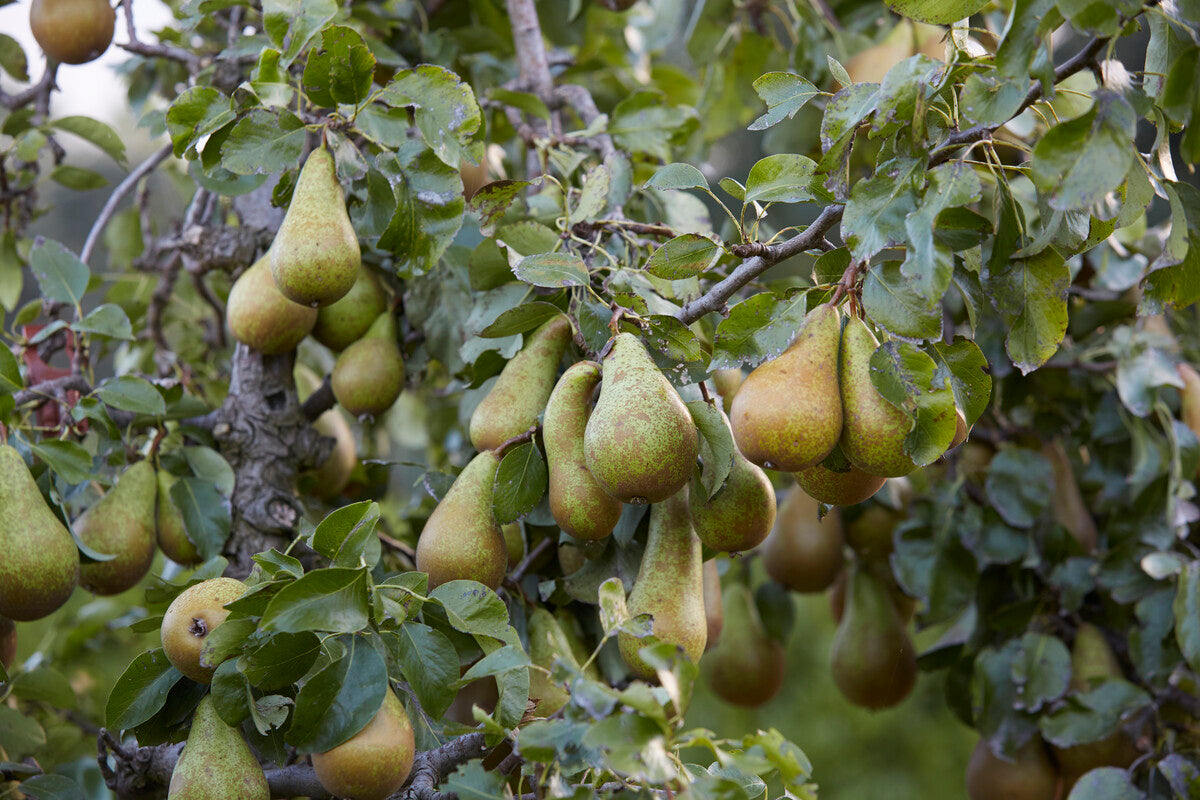
Which pear tree should you choose?
Did you know that 'Conference' pear is the UK’s favourite fruit tree? Well-deserved in our grower’s opinion! It’s bred for a knockout performance in the UK climate and can even be grown in a pot. 'Concorde' and 'Doyenne du Comice' have a superb flavour when eaten raw, while for the sweetest dessert pears, 'Green Williams' is our favourite. For something more unusual, grow 'Kumoi' nashi pears - these Asian pears are hard to find in the shops and have a delicious sweet white flesh. Still can’t choose? We can help with that!

What's the deal with pear tree rootstocks?
Most pear trees are grown on Quince A rootstocks, growing to a manageable size of 4x4m, but suitable for pruning to keep them smaller. These are a perfect fit for the average garden. Some varieties are available as dwarf trees (1.5x1m) or cordon-trained trees (2x1m), making them ideal for small spaces and pots.

Growers' tips for pear trees
Pear trees are best planted in a warm, sheltered spot in full sun or partial shade (ideally against a south or west-facing wall or a sunny patio where they’ll be protected against frost). Pear trees prefer a well-drained soil and appreciate a mulch in the autumn. All of our pear trees are partially self-fertile which means that they’ll crop on their own, but will produce even more fruit with a pollination partner (a pear tree of another variety) nearby.

Using your pears
Poached pears, poire belle Hélène, Roquefort salad - there’s no end to the fancy meals you can serve up with pears, but nothing beats just eating them straight off the tree when they’re ripe and running with juice. Have you tried them with blueberries? It’s a surprisingly great pairing (sorry) of tangy sharpness with melting richness, as illustrated in this Mary Berry galette recipe.
Pear Tree FAQs
Where should I plant my pear tree?
Planting your pear trees in a sunny, sheltered location well away from any areas subject to frequent frosts maximises fruit production and helps you get the most pears for your pennies!
How long does it take for a pear tree to produce fruit?
After planting, pears usually produce their first fruit three years later, but it will take them five to seven years to produce a full crop. ‘The only thing I have patience for is my garden’, as my Gran would say.
What soil should I use for my pear tree?
Fertile, well-drained soil will make your pear tree the happiest. These fruit trees can also tolerate clay soil but you will need to take some steps to improve drainage in the winter.
How do I care for a pear tree?
Care for a pear? Once established, pears require very little care throughout the year, however, in spring and summer, trees grown in containers require regular watering to prevent the compost from drying out. When watering your pear tree, ensure that the roots are fully soaked.
Should I prune my pear tree?
Although our pear trees are professionally pruned prior to sending, we advise that the first pruning of the year should be done in early spring, to remove dead and poorly-placed shoots. Once your tree has reached maturity, it should only be pruned during its dormant season (November to March). Learn more about how you can become an expert in pruning your tree.
When should I harvest my pear tree?
The best way to tell if a pear is ready is by lightly placing the fruit in your hand (or gardening glove) and tilting it slightly. Mature fruit will come away from the branch with ease and without force, but if it’s not quite ready, it will stay put.
When should I plant a pear tree?
Potted trees can be planted at any time of the year but bare root plants should ideally be planted in winter.
What are the best pear trees to grow in the UK?
Here are some of our favourites to help you pre-pear when choosing the right tree for you:
- 'Conference' pear tree - Who doesn't love a 'Conference' pear?
- 'Concorde' pear tree - A modern variety, bred for reliable, bumper crops of large, top-quality pears.
- 'Green Williams' - A great traditional English pear with fine flavour.
Happy plants make happy customers
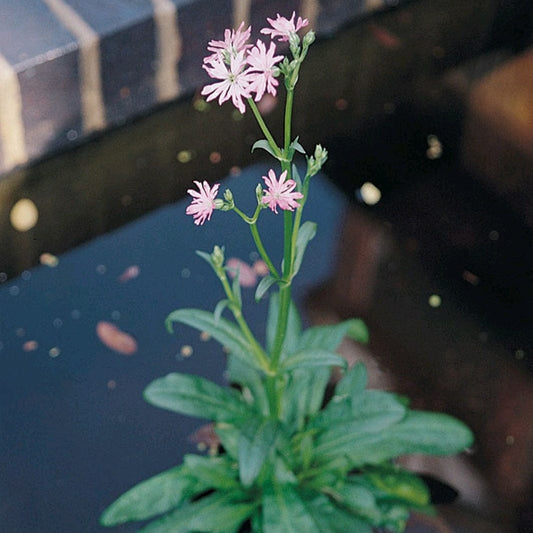
Plants arrived in great condition and very promptly. Well established - much better than the ones I got at my local garden centre.
Monica Spence
| 24 May
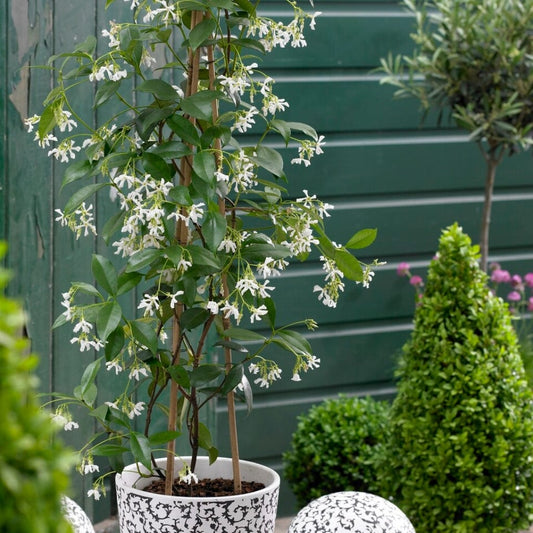
Yet again this company delivered good healthy plants, exactly as shown in photos, well packaged and within delivery time quoted. Recommend!
Jacqueline Burgess
| 2 Jun
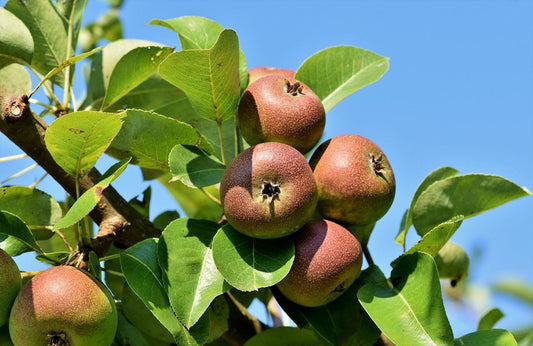
I continue to be so impressed with Roots. Their customer care, knowledge of their subject: from planting hedges to pruning roses and more, has been a great support.
Judy Lane
| 23 Oct
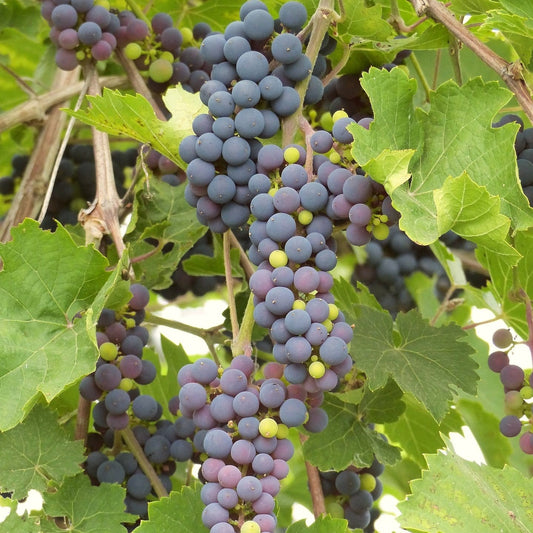
The plant arrived looking vigorously healthy, which brings a smile to your face, extremely well protected in its packaging.
Martyn Hill
| 5 Jul
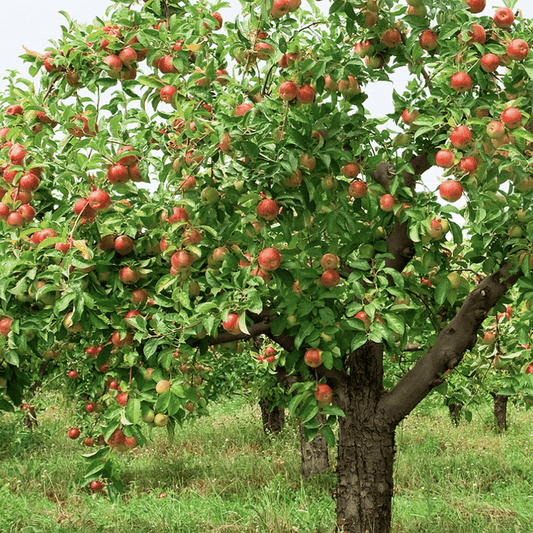
As a non-gardener, I found my whole experience brilliant. Great information & advice available on the website, great range of products & prices are brilliant.
John-Paul
| 22 May

Wonderful plants and great customer service... really surprised to find that the plants are better than those you would get at your local garden centre.
Gavin Wilcock
| 8 Nov
Fighting plastic waste
Delivering fresh from the nursery
Supporting UK growers




